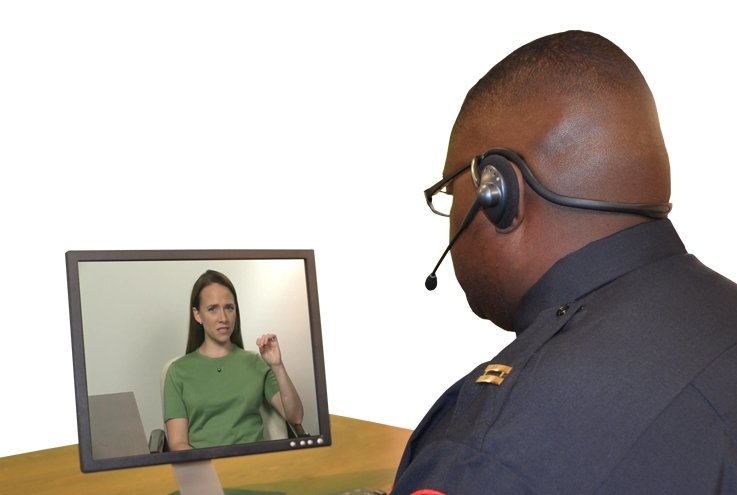Experiences in Soft Skills Training
Brief E-learning History
My staff attended an e-learning conference where the number of vendors about equaled the number of participants. E-learning popularity seemed to be a fading dream.It was apparent that something needed to change. Then e-learning placed more of an emphasis on interactivity, a natural for the computer. Among many changes, the US Department of Defense defined four levels of interactivity and paid more money for higher levels. Others quickly caught on and new ideas like Rapid eLearning development and gamification developed that made e-learning even more interesting.
Tapping in to Our Abilities
How can we continue this trend? I suspect that many writers who develop e-learning have a desire to write fiction and for some e-learning applications they have the chance to do exactly that by developing entertaining examples or case studies drawn from our lives or imagination. I have the good fortune to develop e-learning products for soft skills training including simulations of people and that provides me with a chance to create fictional characters. One of my goals is to develop these characters and make they seem as real as characters in movies. Since the training interactively involves the learner, being creative can make training more interesting than a movie.
An Example
One way to draw learners into the training is to capture the behavior of people in a realistic way using dialog or events that evoke emotions. Doing this draws learners into the training like nothing else. E-learning developers can draw on their subject matter experts and their own experiences, thoughts, and feelings. To show how this can work, I would like to share just one scene from the Hands-On Interview and Interrogation Training System (HIITS) system with 2500 scenes and how it came to be written.In soft skills training, rapport building is often critical. The simulated person will only be willing to share this type of personal information if the user bonds with her and uses active listening techniques. It’s a real rush for both learners and writers to see the simulation come to life and seem real.
I was talking to a friend who, like my simulated character, was recently divorced. She was saying that she was okay because she had her children and a broad circle of friends. With very little prodding, she then went on to say something like what I scripted for Jennifer Lerner in our HIITS product. Check the following short YouTube video to see what I mean.









